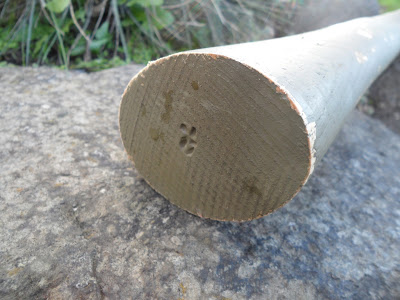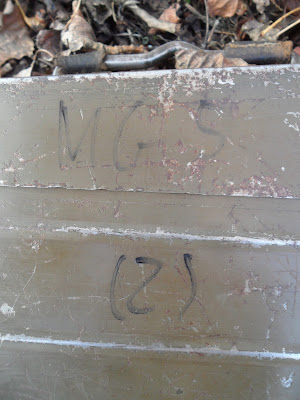You can see the "Before" write-up and photos in my last post:
http://sharky-fourbees.blogspot.com/2016/12/swiss-military-reserve-hatchet-circa.html
I started out by sanding the metal head with 150 grit wet/dry sandpaper, then polished it up with some 600 grit wet/dry paper. The wood handle was sanded out with some of the 150 paper as well.
I cold blued the head with some Birchwood Casey Perma Blue cream, and then buffed the dark blue finish back to a dull gray with a purple 3M scouring pad. The wood handle was stained with a coat of "Colonial Maple" stain, and then I finished that out with several coats of Danish Oil.
The hatchet turned out great! With that little bit of work, I turned a "new" hatchet into a classic, with the look of a well cared for seasoned veteran.
Without further delay, here are some photos of the finished hatchet.




































































